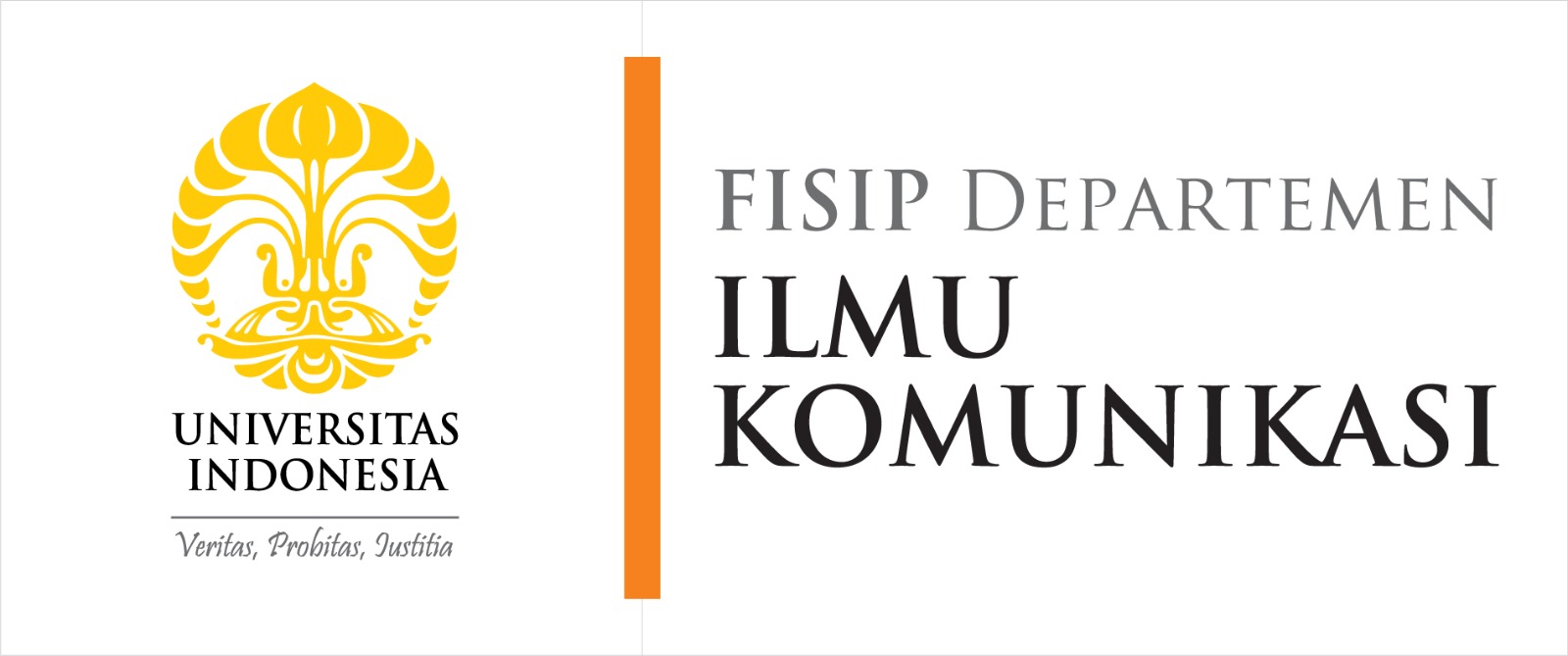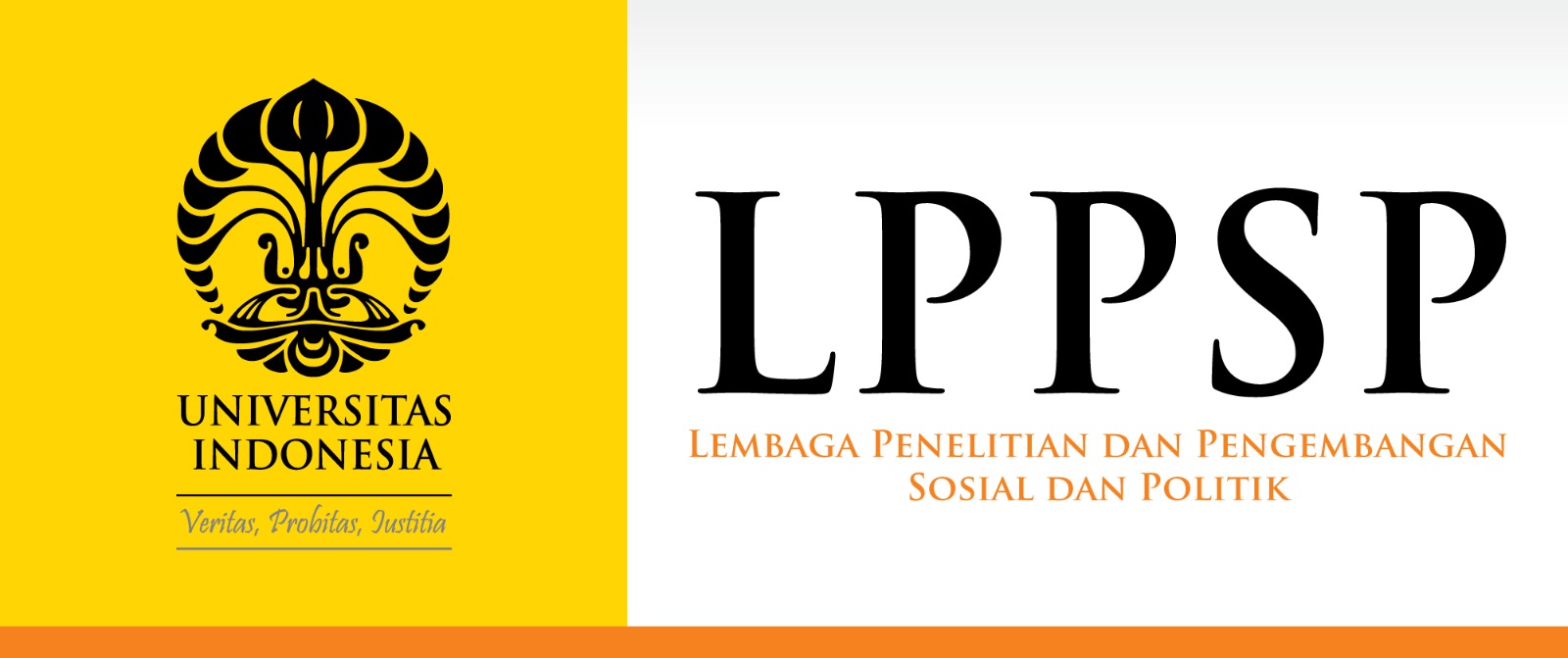JURNAL KOMUNIKASI INDONESIA
Abstract
Penelitian ini berangkat dari celah studi teori EPPM, di mana studi mengenai EPPM selama ini jarang mengkaji pengaruh bentuk-bentuk pesan persuasi terhadap motivasi khalayak untuk menerima pesan persuasi. Penelitian ini mengkaji apakah ada efek bentuk pesan persuasi (pesan persuasi dengan berbagai tingkatan ancaman dan efikasi) terhadap motivasi untuk mengikuti pesan persuasi. Penelitian ini menggunakan metode eksperimen dengan desain factorial 3x3. Hasil penelitian ini membuktikan pesan persuasi dengan pendekatan rasa takut (fear appeals) mempunyai efek terhadap tingkat motivasi subyek penelitian untuk tidak merokok. Pesan persuasi dengan ancaman yang tinggi dan disertai dengan efikasi tinggi menghasilkan motivasi yang paling tinggi dari subyek penelitian untuk mengikuti pesan persuasi.
References
Barth, J. & Bengel, J. (2000). Prevention Through Fear? : The State of Fear Appeal Research / An Expert Report. Köln, Germany: Federal Centre for Health Education (BZgA).
Beck, K. H., & Frankel, A. (1981). A Conceptualization of Threat Communications and Protective Health Behavior. Social Psychology Quarterly, 44 (3), 204–217.
Chikombero, P.M. (2004). An Analysis and Interpretation of Televised Anti-HIV/AIDS Public Service Announcements in Zimbabwe. Disertasi pada College of Communication and Information of Kent State University Ohio.
Crano, W.D. & Brewer, M.B. (2002). Principles and Methods of Social Research. Second Edition. Mahwah, New Jersey: Lawrence Erlbaum Associates.
De Vocht, M., Cauberghe,V., Sas, B. & Uyttendaele, M. (2013). Analyzing Consumers’ Reactions to News Coverage of the 2011 Escherichia Coli O104:H4 Outbreak, Using the EPPM. Journal of Food Protection, 76 (3), 473-481.
Departemen Kesehatan (2013). Peraturan Menteri Kesehatan Republik Indonesia Nomor 40 tahun 2013 tentang Peta Jalan Pengendalian Dampak Konsumsi Rokok bagi Kesehatan.
Dillard, J. P., & Meijnders, A. (2002). Persuasion and the Structure of Affect. Dalam Dillard, J.P. & Pfau, M. (eds.), The Persuasion Handbook: Developments in Theory and Practice (pp. 309-327). Thousand Oaks, CA: Sage Publication.
Duong, J., Sawyer, A., Hayat, M. & Rose, L. (2009). An Application of the EPPM to Understand First Respondersʼ Attitudes toward Assisting Individuals with Serious Mental Illness. Johns Hopkins Blommberg School of Public Health and John Hopkins School of Nursing. _______. & Bradshaw, C.P. (2013). Using the EPPM to Examine Teachers’ Likelihood of Intervening in Bullying. Journal of School Health, 83 (6), 422-429.
Eriyanto & Zarkasih, I. (2017). Kampanye Bahaya Rokok dan Pendekatan Rasa Takut (Fear Appeal). Jurnal ASPIKOM-Jurnal Ilmu Komunikasi, 3 (2), 340-357.
Janis, I. L. (1967). Effects of Fear Arousal on Attitude Change: Recent Developments in Theory and Research. In Berkowitz, L. (ed.), Advances in Experimental Social Psychology (Vol. 3, pp. 167–222). New York: Academic Press.
Lewis, I. (2008). Factors Influencing the Effectiveness of Advertising Countermeasures in Road Safety. Disertasi pada Centre for Accident Research and Road Safety - Queensland (CARRS-Q) School of Psychology and Counselling Queensland University of Technology, Brisbane.
Leventhal, H. (1970). Findings and Theory in the Study of Fear Communications. Dalam Berkowitz, L (ed.), Advances in Experimental Social Psychology (Vol. 5, pp. 119–186). New York: Academic Press.
___________. (1971). Fear Appeals and Persuasion: The Differentiation of a Motivational Construct. American Journal of Public Health, 61 (6), 1208–1224.
Love, B. (2009). News Media, Individual-level Traits, and Behavior Change in Fear appeal Research. Disertasi pada Media and Information Studies Michigan State University, Michigan.
McGuire, W. J. (1969). The Nature of Attitudes and Attitude Change. In Lindzey, G.L. & Aronson, E. (Eds.), The Handbook of Social Psychology (pp. 136–314). Second Edition. Reading, MA: Addison-Wesley.
Mongeau, P.A. (2013). Fear Appeals. Dalam Dillard, J.P & Shen, L. (eds), The SAGE Handbook of Persuasion: Developments in Theory and Practice (pp. 184-198). Thousand Oaks, CA: Sage Publication.
Millar, G. & Houska, J. (2007). Masculinity and Intention to Perform Health Behaviors: The Effectiveness of Fear Control Arguments. Journal of Behavioral Medicine, 30, 403-409.
Neuman, W. L. (1999). Social Research Methods: Qualitative and Quantitative Approaches. Fourth Edition. Boston and New York: Pearson Education.
Perloff, R.M. (2010). The Dynamics of Persuasion: Communication and Attitudes in the 21st Century. Fourth Edition. London: Routledge.
Rogers, R. W. (1975). A Protection Motivation Theory of Fear Appeals and Attitude Change. Journal of Psychology: Interdisciplinary and Applied, 91 (1), 93–114.
____________. (1983). Cognitive and Physiological Processes in Fear Appeals and Attitude Change: A Revised Theory of Protection Motivation. In J. Cacioppo & R. Petty (Eds.), Social psychophysiology (pp. 153–176). New York: Guilford.
Ruiter, R.A..C, Kessels, L.T.E., Peters, G.Y. & Kok, G. (2014). Sixty Years of Fear Appeal Research: Current State of the Evidence. International Journal of Psychology, 49 (2), 63–70.
Tannenbaum M.B., Hepler, J., Zimmerman, R.S.. Saul, L. Jacobs,S., Wilson, K. & Albarracín, D. (2015). Appealing to Fear: A Meta-Analysis of Fear Appeal Effectiveness and Theories. Psychological Bulletin, 141 (6), 1178–1204.
Tay, R., Watson, B. & Radbourne, O. (2001). The Influence of Fear Arousal and Perceived Efficacy on the Acceptance and Rejection of Road Safety Advertising Message. Road Safety Research, Policing and Education Conference (Regain the Momentum), Melbourne.
Tobacco Control and Support Center (TCSC) IAKMI dan Departemen Kesehatan RI. (2014). Fakta Tembakau dan Permasalahannya di Indonesia. Jakarta: obacco Control and Support Center – IAKMI.
Wimmer, R. D. & Dominick, J.R. (2011). Mass Media Research: An Introduction. Ninth Edition. Boston, MA: Wadsworth Cengage Learning.
Witte, K. (1993). Message and Conceptual Confounds in Fear appeals: The Role of Threat, Fear, and Efficacy. The Southern Communication Journal, 58 (2), 147- 155.
_______. (1998). Fear as Motivator, Fear as Inhibitor: Using the Extended Parallel Process Model to Explain Fear appeal Successes and Failures. Dalam Andersen, P.A & Guerrero, L.K. (eds.). Handbook of Communication and Emotion: Research, Theory, Applications, and Context (pp. 423-450). San Diego: Academic Press..
_______. & Allen, M. (2000). A Meta Analysis of Fear Appeals: Implications for Effective Public Health Campaigns. Health Education and Behavior, 27 (5), 591-615.
_______. & Morrison, K. (2000). Examining the Influence of Trait Anxiety/Repression-Sensitization on Individuals’ Reactions to Fear Appeals. Western Journal of Communication, 64 (1), 1–27.
Recommended Citation
Eriyanto, Eriyanto and Zarkasih, Irwa R.
(2018)
"Model Persuasi yang Efektif Dengan Menggunakan Pendekatan Rasa Takut (Fear Appeal): Studi Eksperimen Bahaya Rokok di Kalangan Mahasiswa di Jakarta,"
JURNAL KOMUNIKASI INDONESIA: Vol. 7:
No.
1, Article 7.
DOI: 10.7454/jki.v7i1.9918
Available at:
https://scholarhub.ui.ac.id/jkmi/vol7/iss1/7
Included in
Gender, Race, Sexuality, and Ethnicity in Communication Commons, International and Intercultural Communication Commons, Social Influence and Political Communication Commons




